The Beemster
In May 1612, the great Beemster Lake fell dry. The layout of the new land was planned in advance in detail on the Map . This was based on aesthetic principles from classical antiquity rediscovered during the Renaissance. The result was an unparalleled monumental landscape. This gained international recognition in 1999 when the Beemster was placed on the UNESCO World Heritage List.
Difficult reclamation
In May 1607, a group of wealthy Amsterdam merchants and high Hague officials obtained a patent or concession to reclaim the Beemster. This was the largest lake in the Noorderkwartier. In the spring of the following year, the construction of the ring dike and canal started and the first watermills arose to drain the lake. The work progressed well and by the end of 1609 the bottom of the Beemster was surfacing here and there. Unfortunately, a heavy storm in January 1610 caused enormous damage. The Beemster flooded again and most of the work had to be redone. Fortunately, new capital was attracted and two years later the Beemster was completely dry. Residents from the surrounding villages went into the muddy new polder to catch a last meal of fish in the remaining pools. Meanwhile, the costs had risen to 1.6 million guilders, comparable to about 30 million euros anno 2023.
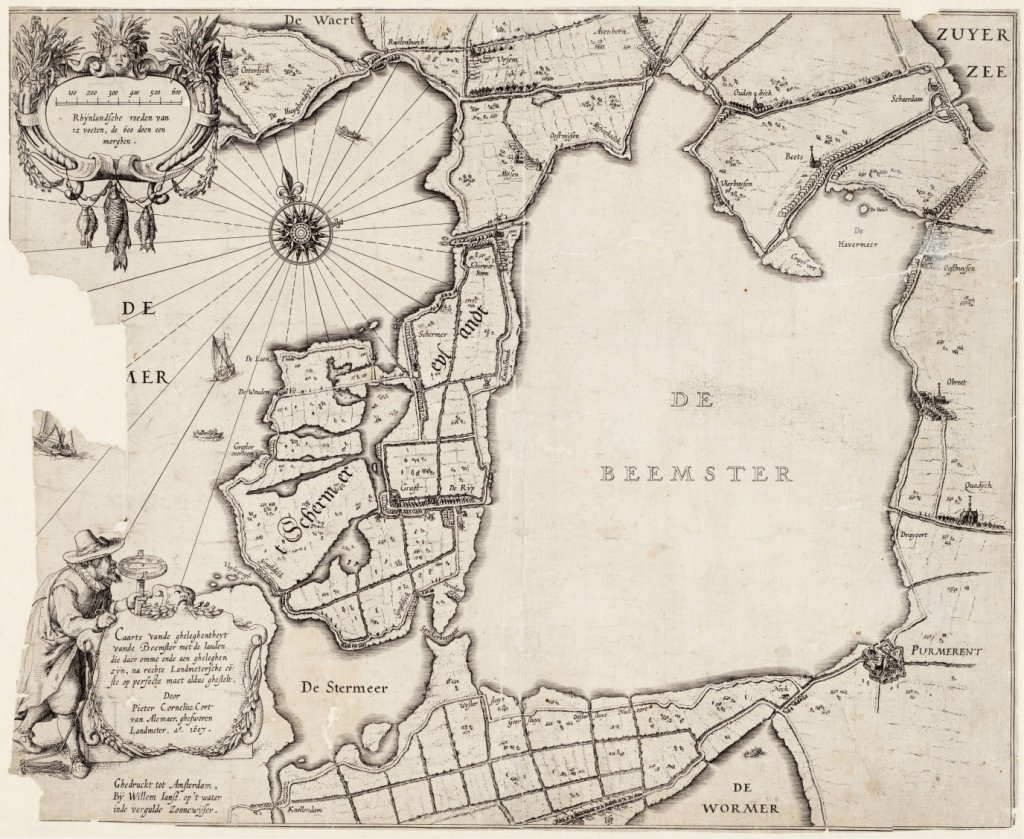
The ideal square
As early as January 1611, investors began thinking about the layout of the new polder. As a first step, the Amsterdam surveyor Lucas Jansz. Sinck made a large plan map. At the end of March, the decision was made to divide the Beemster into large squares of 1,800 by 1,800 meters, with each road square divided by ditches into four smaller square blocks. In those blocks, surveyor Sinck set out five oblong plots, each with an area of 20 morgen (18 acres).
In 1611, not only the ground plan of the new polder was decided, but also the villages. Space was reserved at road intersections for five settlements. The centrally located village of Middenbeemster marked the center of the polder. There, the lords of the polder administration immediately had a church built. Elsewhere, they wanted to wait and see if villages would actually "grow. At a series of other intersections, land was kept free for market squares. This whole planning process resulted in Holland's very first Map architectural landscape.
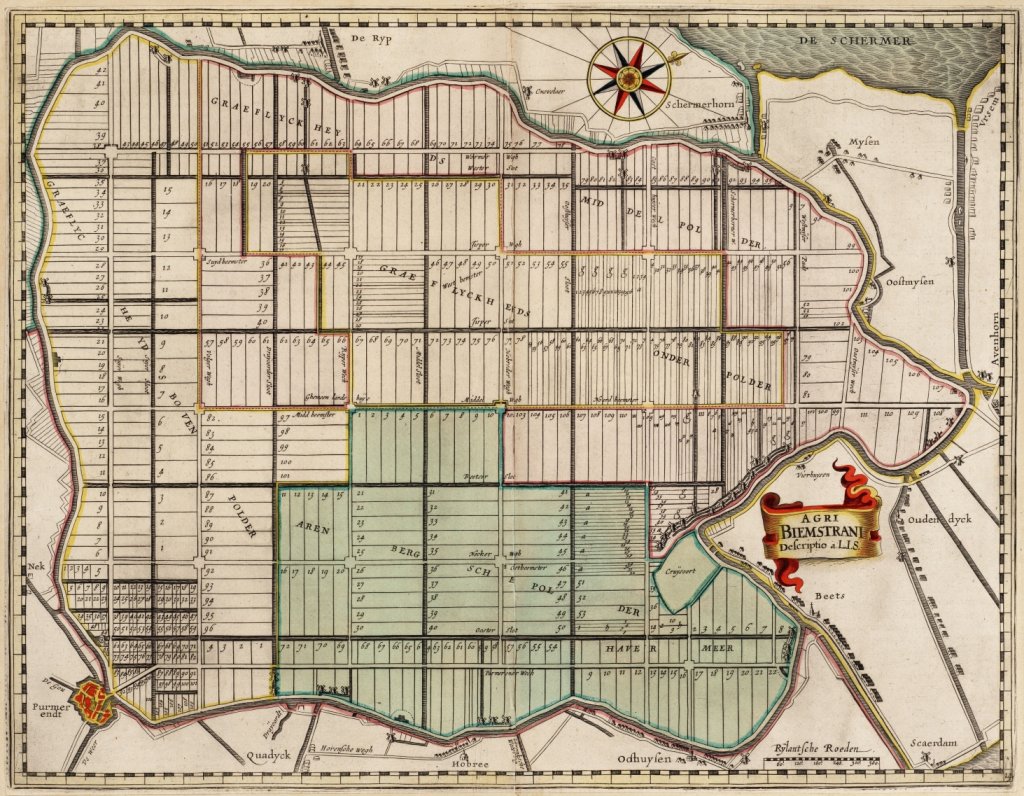
Usable, durable and beautiful
The Beemster's tightly ordered and highly purposeful design did not come out of the blue. It was clearly inspired by the aesthetic principles of classical antiquity rediscovered during the Renaissance. In the course of the sixteenth century, the legacy of Roman architect Vitruvius († 20 BC) became widely known in the Low Countries. Central concepts in his theory were utilitas, firmitas and venustas, utility, solidity and beauty. These principles were to be combined harmoniously according to the universal laws of geometry and symmetry. Especially the garden architect, master builder and painter Hans Vredeman de Vries († 1609) made these ideas popular in the Low Countries. However, also the publication of translations of the works of the Italian architect Palladio († 1580) and his pupil Scamozzi († 1616) was of great significance for the spread of Vitruvian principles among surveyors such as Lucas Jansz. Sinck and his clients.
The master plan of the Beemster based on the ideal square can be compared to a geometric Renaissance garden, but on the scale of a 7,200-hectare polder. In 1999, this unique polder landscape gained international recognition through placement on UNESCO's World Heritage List. The World Heritage Committee report praised the Beemster as a masterpiece of creative planning based on the ideals of classical antiquity. Moreover, the innovative Beemster landscape exerted (and continues to exert!) a profound and lasting influence on the design of later land reclamations in Europe and far beyond. Hoogheemraadschap Hollands Noorderkwartier , together with the Municipality of Purmerend, is an official 'siteholder' of the World Heritage Site of the Beemster Polder.
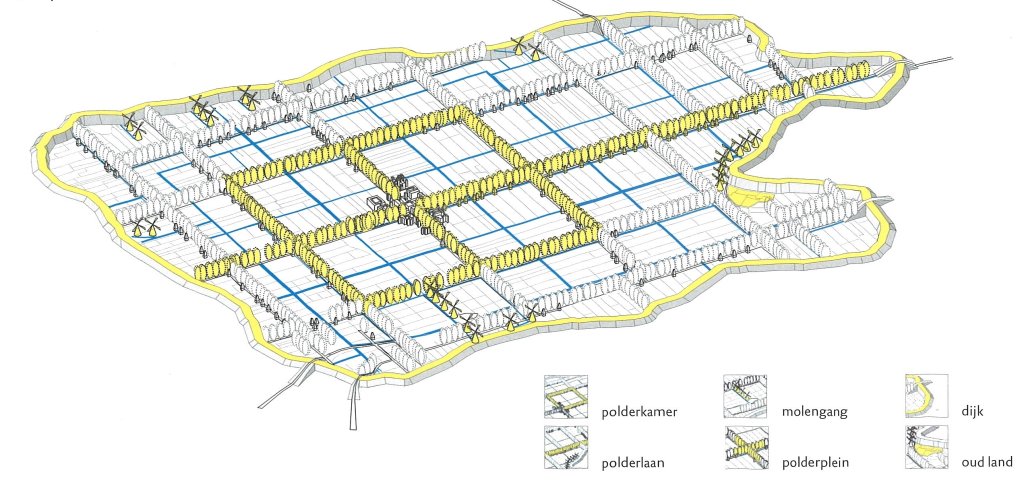
Unharmed
Of course, much has changed, but, for example, the expansions at Middenbeemster and Zuidoostbeemster are meticulously incorporated on the same principles used by Lucas Sinck in the 17th century. The same goes for the design of the new Cono Kaasmakers factory opened by Queen Máxima in 2014 along the Rijperweg near the village of de Rijp. Outside the built-up area, the original 'polder grid' by means of continuous rows of trees along the roads still catches the eye immediately.
The many cheese-cover farmhouses with square ground plan and pyramid roof fit wonderfully into the landscape designed with mathematical precision. Some had a dual function. They were farm and summer residence of the landlord from the city at the same time. The latter had access to several lordly quarters at the front. The facades derived from luxurious canal houses are a reminder of this. The farm De Eenhoorn at the junction of Middenweg and Volgerweg is the textbook example of such a distinguished farmhouse. Finally, the church in Middenbeemster, built in 1618-1625 to a design by Hendrick de Keyser, remains the undisputed centerpiece of the polder after four centuries in 2023.
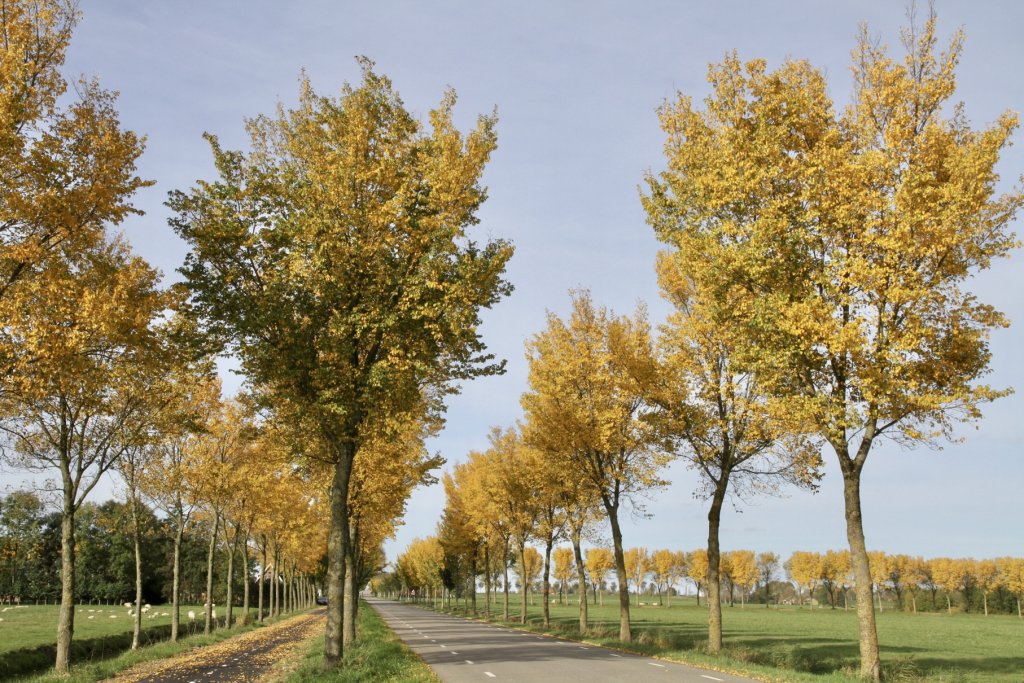
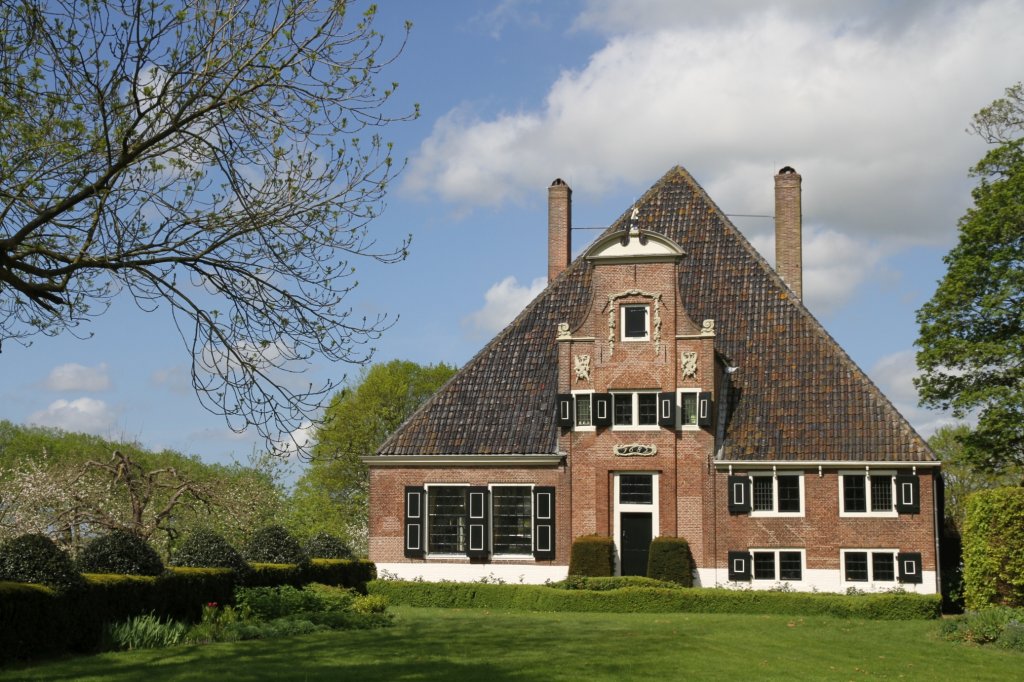
Additional
The best starting points for visiting the Beemster are the Visit Beemster site and physically the Beemster Visitor Center.
Or watch the video Droogmakerij de Beemster: 25 years on the UNESCO World Heritage List.
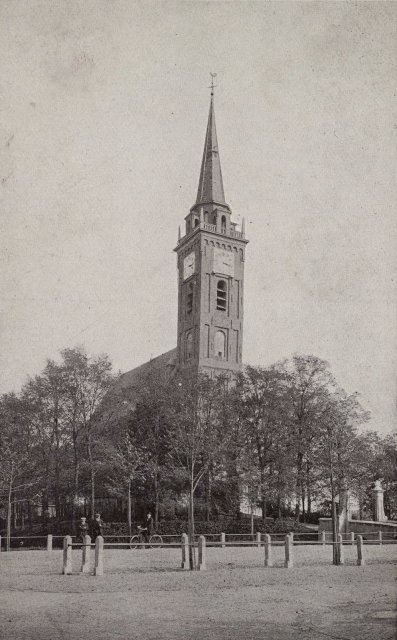
The large-scale architecture of the Beemster unfolds best from a high vantage point. A wonderful opportunity to do so offers climbing the church tower of Middenbeemster.
The Beemster is ideally suited for exploration by bicycle. There are several routes through the polder and surrounding area:
- Bike route through Middenbeemster, Southeastbeemster, Westbeemster (Bicycle Network)
- Bike route through Middenbeemster, Beets, Scharwoude (Bicycle Network)
- Bike route through Oosthuizen, Middenbeemster, De Rijp (Bicycle Network)
- Leeghwater bicycle route (Holland Cycling Country)
All the polder mills in the Beemster have disappeared, but the nearby Schermer (reclaimed 1635) still has some mills. The Leeghwater route leads through both the Beemster and Schermer and also passes through De Rijp, the birthplace of the famous 17th-century mill and polder expert Jan Adriaensz. Leeghwater. He was involved in the reclamation of the Beemster as superintendent.
- Beemster Fortress Cycle Route (Dutch Waterways)
In the Beemster are three forts of the Defence Line of Amsterdam with associated large inundation sluice. The Defence Line has been a World Heritage Site since 1996. This route visits the Defence Line forts in and around the Beemster.
The following museums focus on aspects of Beemster's history:
- Agrarian Museum Westerhem (Historical Society Beemster)
- Museum Betje Wolff (Historical Society Beemster)
- Fort Spijkerboor (Natuurmonumenten)